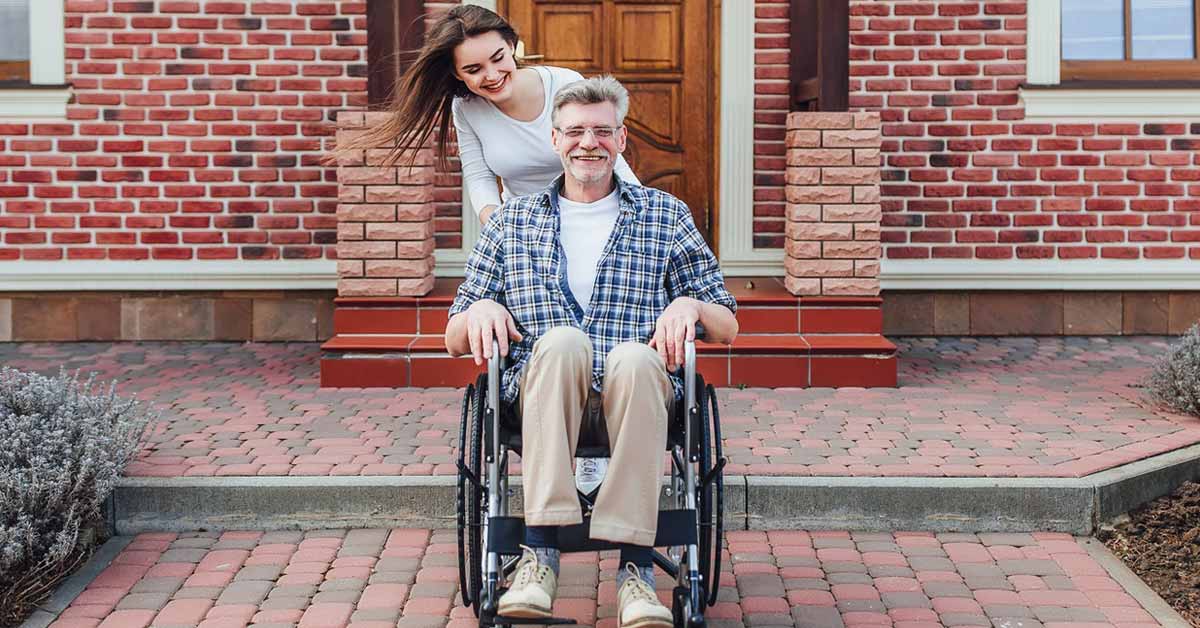A hospital stay can be taxing and disorienting for elderly patients. Returning home after a hospitalization requires significant adjustments that can be overwhelming without the proper support. Adult children play a vital role in ensuring a smooth transition home and recovery for their aging parents after a hospital visit.
Communicate with the Hospital Discharge Team
To help your parent successfully move from the hospital to home:
- Meet with nurses, therapists, and the hospital discharge planner to understand your parent’s follow-up needs. Ask questions about medications, mobility, self-care, and home health services.
- Request written instructions and have the medical team explain everything clearly. Take notes so you can refer back to the guidance.
- Learn about warning signs that may require a follow-up with a doctor. Know who to contact if your parent experiences concerning symptoms once home.
Organize a Patient Transport Service
Utilizing a patient transport service can greatly help the transition home after hospitalization for elderly parents. These services transport patients door-to-door from the hospital to their homes in specialized vehicles, with trained drivers who are experienced in assisting elderly passengers. Patient transport services usually use modern patient transport software to ensure patients get home safely and comfortably after discharge, without putting strain on family members. They can also provide additional supervision and assistance for parents who may need extra help getting situated back home.
JOIN US TO STAY UPDATED ON YOUR FAVORITE MESSENGER APP!
Arrange the Home Environment
Assess your parent’s home and make adjustments to facilitate recovery:

- Remove clutter and tripping hazards. Install grab bars, railings, shower chairs, and non-slip mats in the bathroom. Improve lighting throughout the home.
- Stock the refrigerator and pantry with nutritious, easy-to-prepare foods. Meal delivery services can also be arranged.
- Make sure assistive devices like walkers, canes, or braces are accessible. Have prescriptions filled and create a medication schedule.
Provide Hands-On Help
Your parent will likely need assistance performing daily tasks in the days following discharge:
- Help your parent get dressed, use the bathroom, move around safely, and do light exercises as recommended. Assist with bathing and grooming.
- Support meal planning and preparation. You may need to feed your parent initially until their strength returns. Clean up and handle household chores.
- Drive your parent to medical appointments and provide transportation until they can resume driving. Accompany your parent on short walks outside.
- Ask your parent how you can help make them more comfortable – whether it’s fluffing pillows, fetching items, or providing company and conversation.
Monitor Health Closely
Careful monitoring and attentiveness prevent complications:
- Watch for any reactions to new medications. Refill prescriptions on schedule. Verify your parent is taking medicines as directed.
- Help your parent follow discharge instructions for care of incisions, diet, exercise, and follow-up appointments.
- Look for signs of changes in cognitive abilities, mood, or behavior which may require medical intervention. Watch for increased fatigue, confusion, or agitation.
- Take notes on your parent’s recovery to discuss with home health providers and doctors. Accompany your parent with follow-up visits.
Caring for an elderly parent after hospitalization takes sensitivity and diligence. However, supporting a successful transition home is extremely rewarding. With preparation, assistance, and monitoring from caring family members, the post-discharge period can be managed smoothly.
ⓘ As part of our ongoing support for startups and SMEs, LAFFAZ Media publishes feature and resource articles that may include references and links to external websites. These inclusions are selected at our editorial discretion to provide valuable information to our readers. LAFFAZ Media does not control, endorse, or assume responsibility for the content or practices of external websites. For more details, please refer to our Terms and Conditions.





